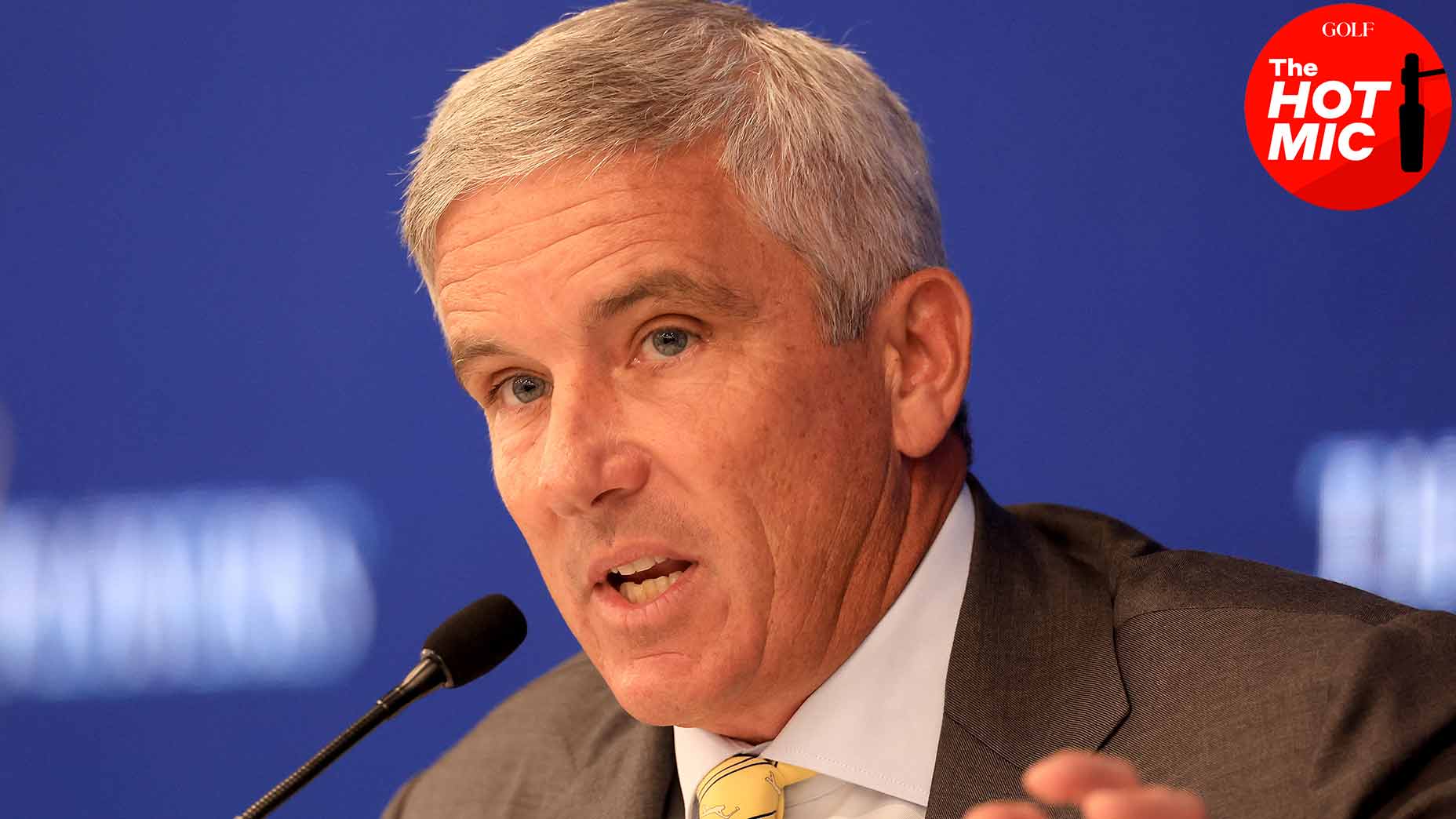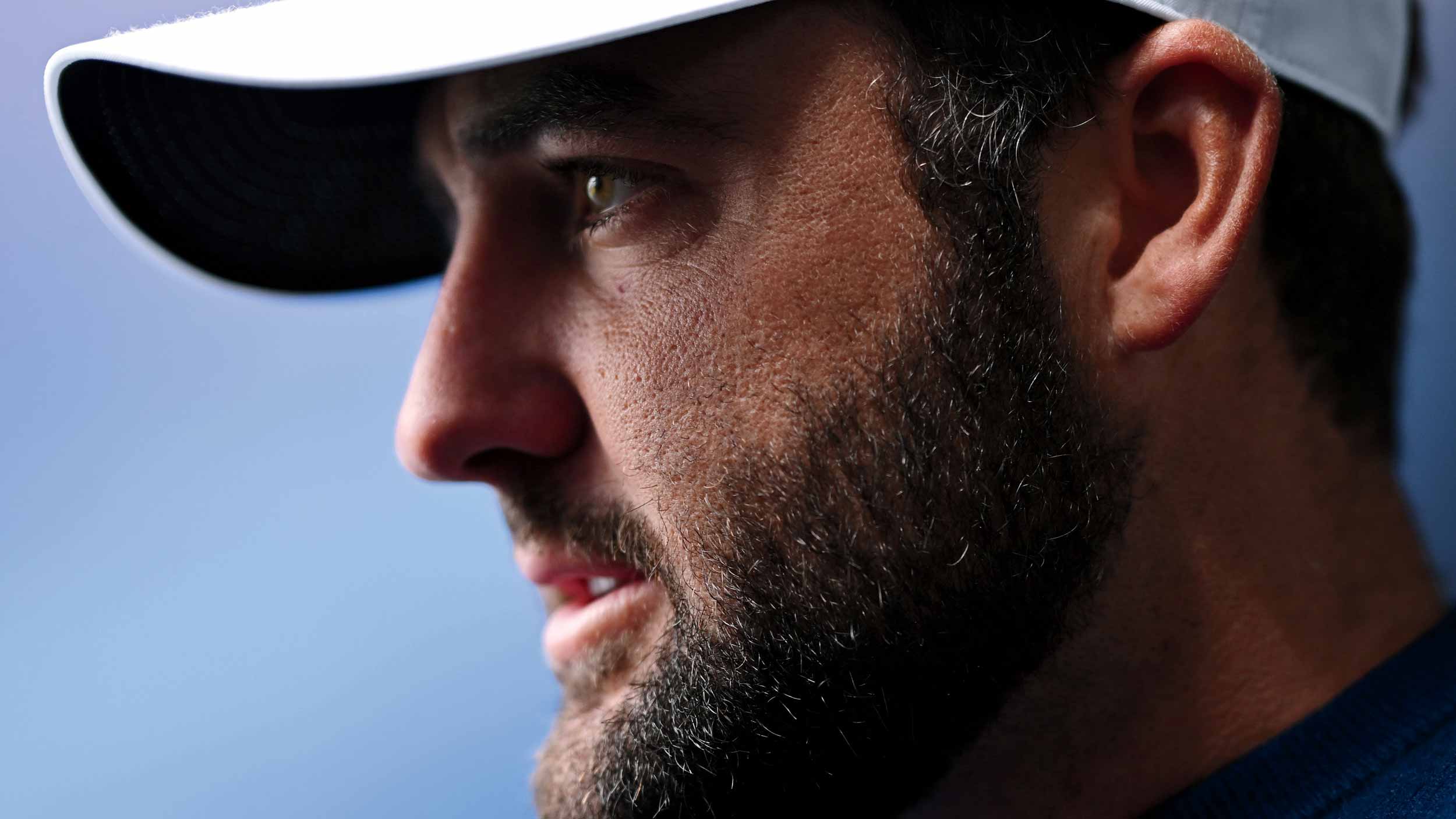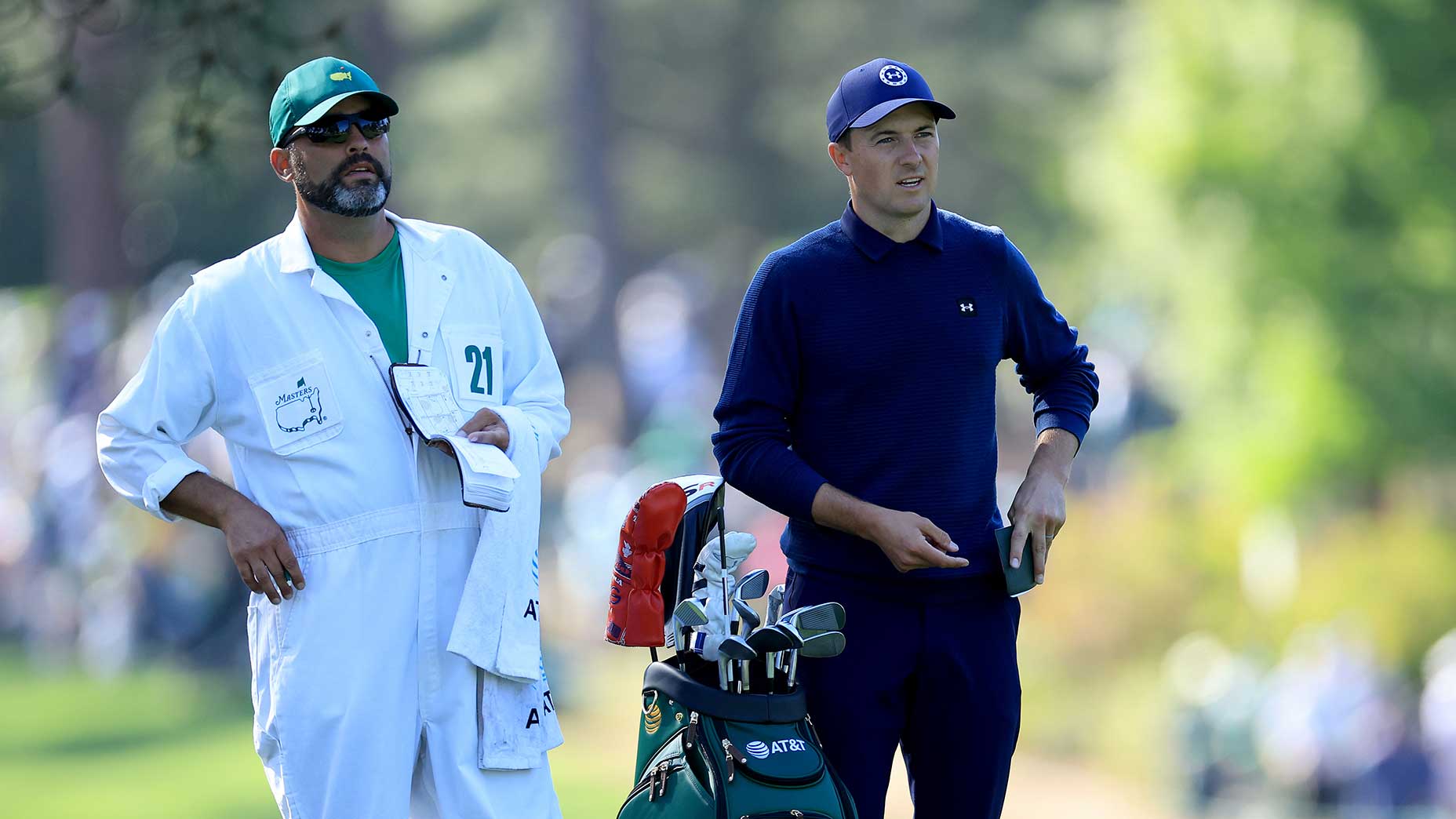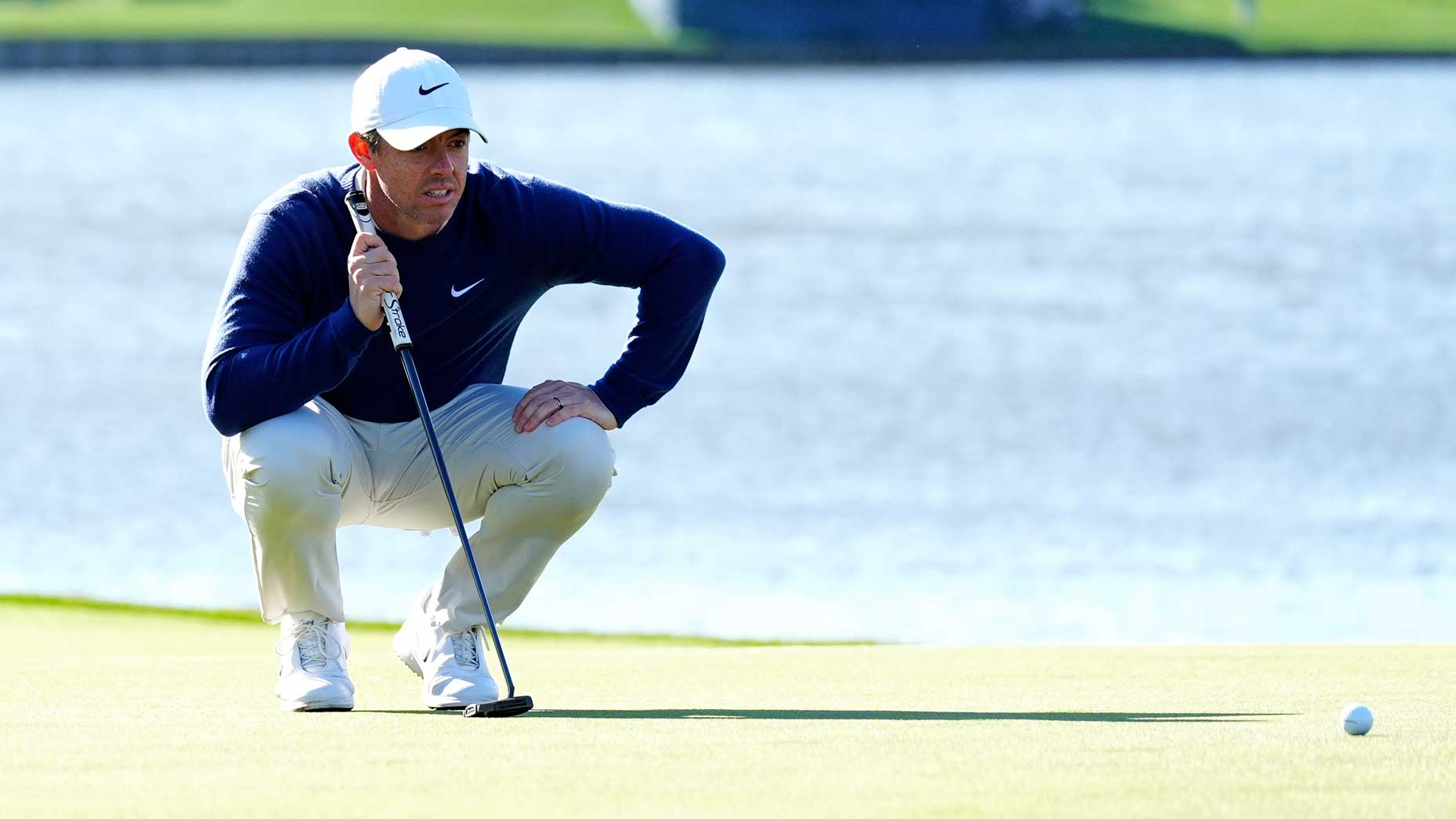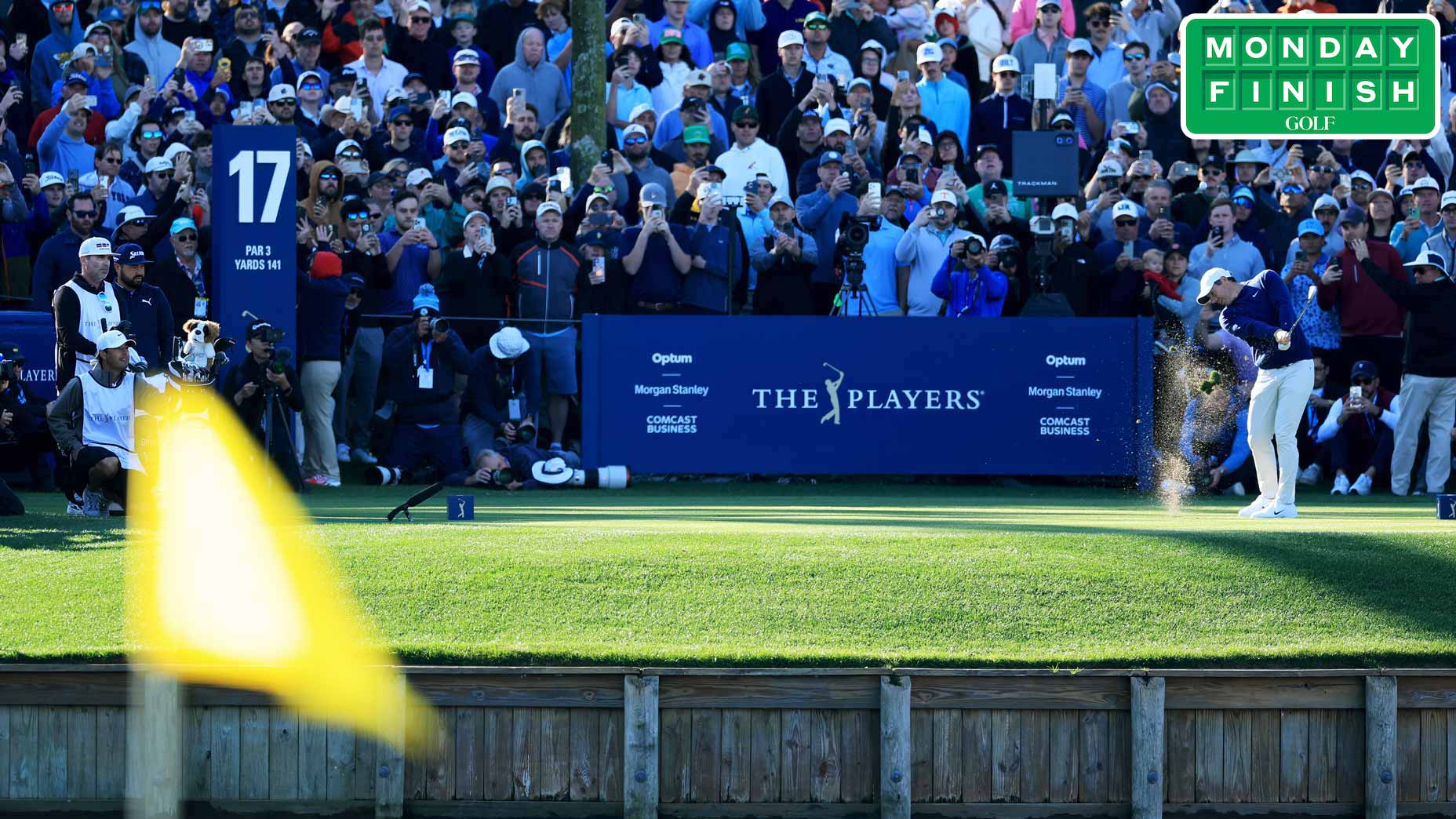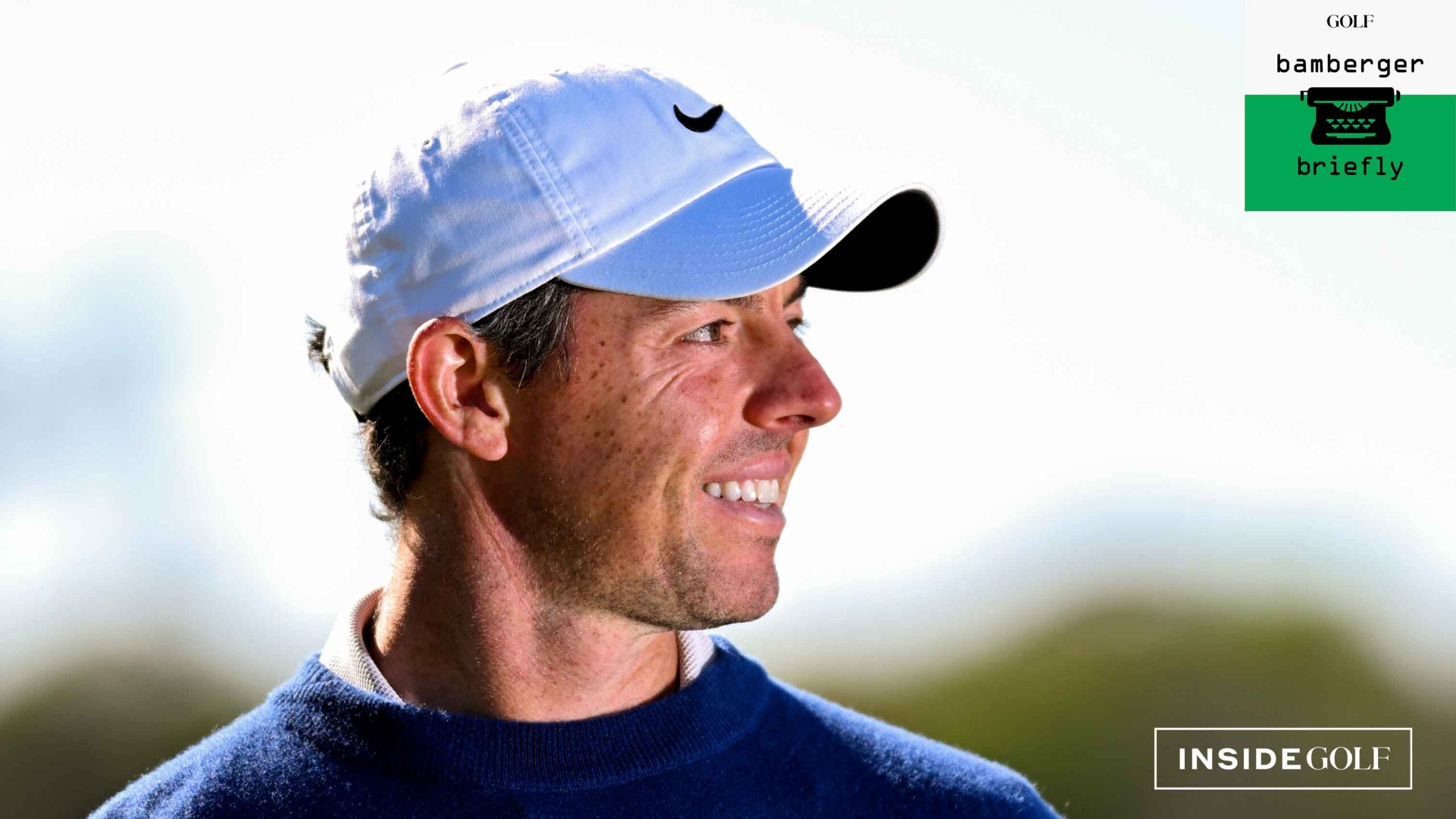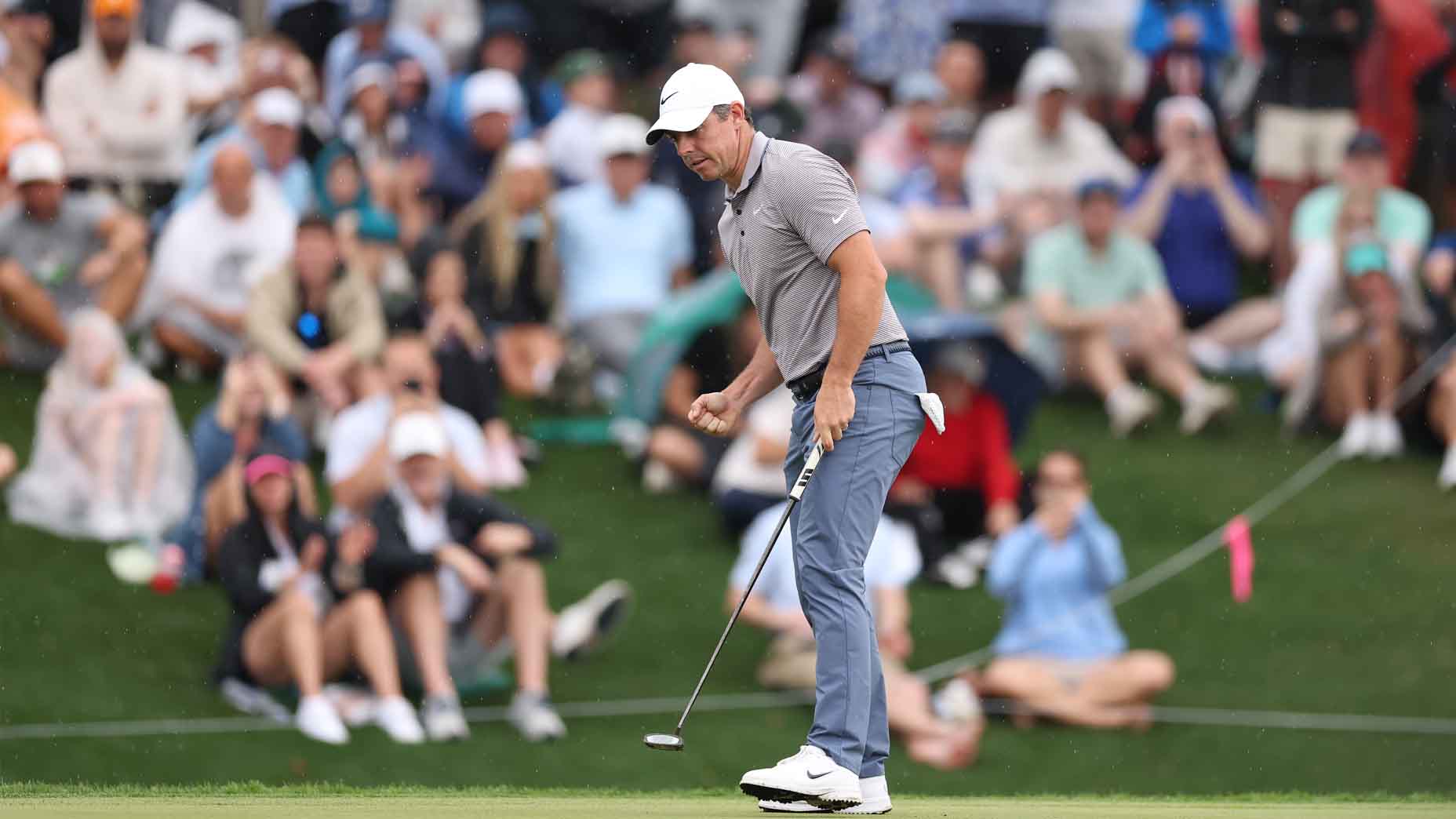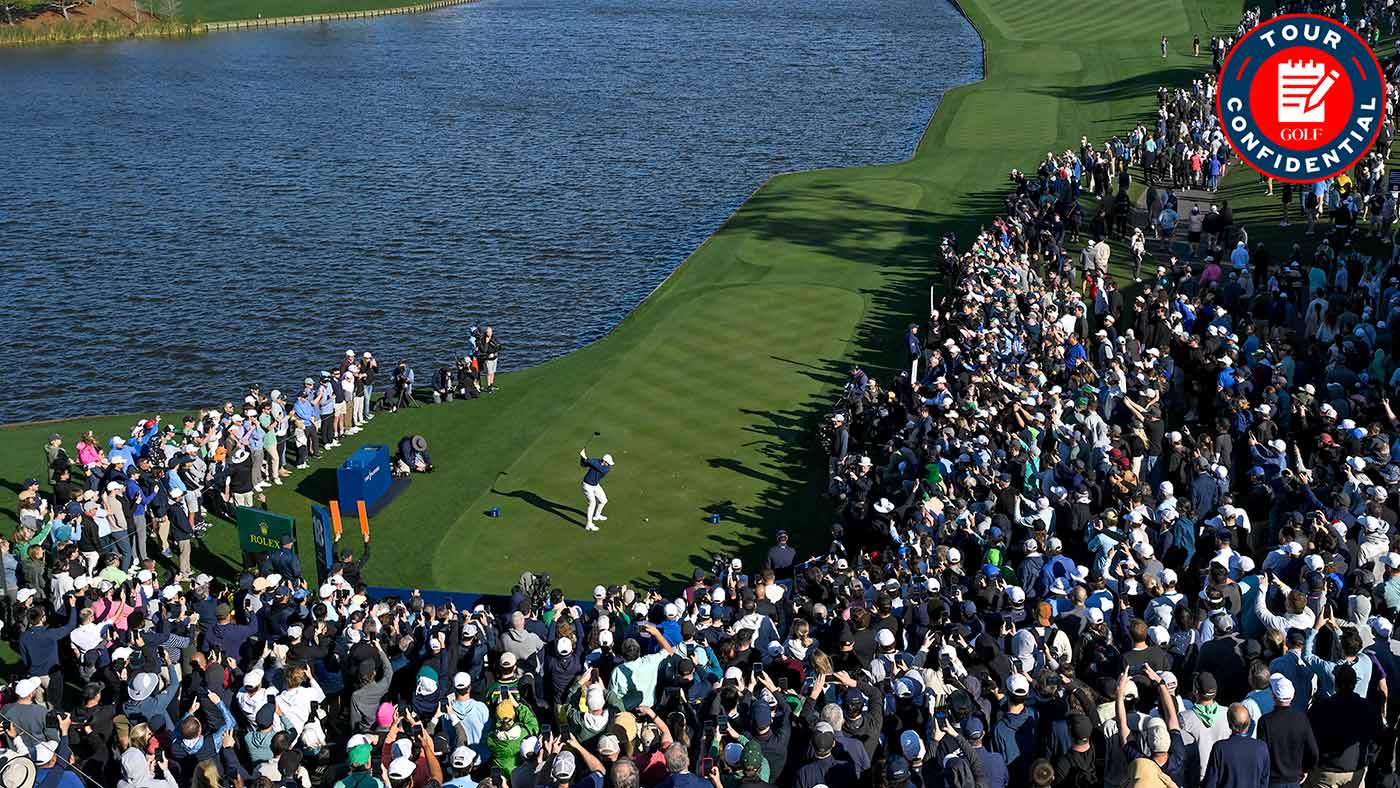PONTE VEDRA BEACH, Fla. — On Tuesday morning, PGA Tour chief Jay Monahan graced golf fans with an unusual gift: a CEO interview they actually wanted to hear.
The Tour commissioner stepped to the lectern at the Players Championship with a loaded docket before him: changes to the Tour’s way of life, its schedule, its tournament structure. But after the way the Arnold Palmer Invitational ended Sunday, it was perhaps fitting that the question-and-answer portion of Monahan’s presser began instead with a conversation about broadcasts.
“Coming into this season, we spent a significant amount of time with our broadcast partners, CBS, NBC, with Golf Channel in particular, looking at and assessing our broadcasts over the course of last season,” Monahan said, cutting right to the heart of the matter. “One of the things that we have attempted to do together coming into this year was to show more live golf shots.”
As most people who have watched the Tour on television will tell you, golf TV has a commercial problem. There are too many of them, they run far too often and they distract too frequently from the viewing experience. In many ways, this development is a monster of the Tour’s own carefully orchestrated creation.
feels like we're two 'playing throughs' from golf twitter buying ad time from NBC and telling them to show the golf during it
— James Colgan (@jamescolgan26) March 5, 2023
For years, the Tour has run a TV rights operation that has (largely) enriched the Tour, its broadcast partners and its sponsors. The Tour’s structure is simple: It charges networks a “rights fee” to broadcast its events, while it charges sponsors money to put their name behind a tournament. As a carrot for broadcasters, the Tour requires all title sponsors to purchase a certain percentage of that week’s ad inventory. As a carrot for sponsors, the Tour tosses in incentives tied to its broadcast — like a weekend televised CEO interview — to maximize exposure.
Largely, these agreements have worked in harmony. The broadcast partners got loads of pre-sold advertisements, the sponsors got a chunk of commercial time and the PGA Tour got a boatload of money. But then came the Tour’s latest round of rights agreements in 2020, which sent the cost of the Tour’s domestic media rights soaring to nearly $700 million annually.
As the value of golf’s TV rights increased precipitously, so too did the number of advertisements the networks needed to sell to pay for those rights increases. Suddenly, those CEO chats and pre-sold spots weren’t going as far as they once did. The networks had to sell more ads just to break even.
Enter our current predicament. Since the Tour signed the latest round of rights agreements, cracks have formed in the bedrock of its media rights strategy. Fans have grown wise to the growing number of advertisements, and they aren’t happy about them. Each weekend, those watching the events on TV bemoan the commercial load, the number of pre-produced packages and the lack of live golf shots shown.
Corporate as he might sometimes sound, Monahan is not immune to these complaints. The Tour’s broadcast rights make up a massive chunk of its annual revenue, and so much unhappiness around the weekly product isn’t just bad reputationally, it’s also bad for business.
“I’m pleased to say, as we transitioned from last year into this year, we’re showing more than nine minutes more of live golf shots that you’re seeing during our broadcast, and that’s something that we are going to continue to lean into,” Monahan said. “We recognize that our fans want to see as many live golf shots as possible. I think when you look at the double box and keeping the play front and center on Saturday and Sunday, that has been a really nice enhancement. The way CBS and NBC have used their commercial breaks has been really strong heading into this year.”
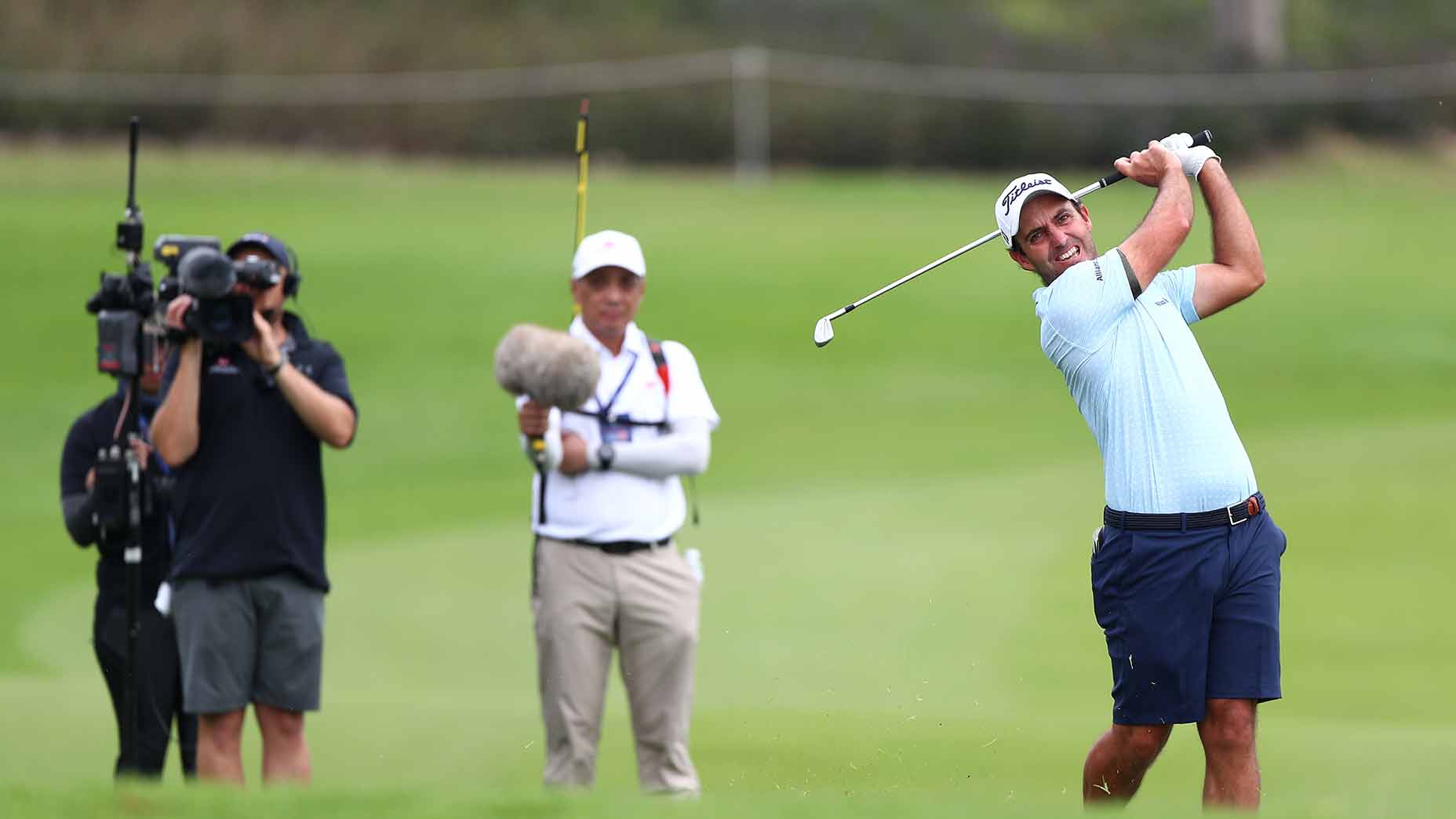
These changes — along with the ones seen in CBS’s coverage throughout the first part of the 2023 season — mark tangible, noticeable improvements for viewers. But it’s possible they aren’t going far enough, particularly considering those changes still resulted in social media uproar over the final hours of Sunday’s Arnold Palmer Invitational.
The problem, it seems, is that it might not be possible to improve golf’s broadcast product to the degree golf viewers wish. The Tour is too deeply entrenched financially in its current structure for wholesale changes like the ones seen in the tournament product, and those wholesale changes have weakened the Tour’s standing with its network partners (smaller, bigger events don’t necessarily equate to larger audiences). Even if any different media structure were possible, it would have to ensure a complete return on investment to CBS, NBC and ESPN, who paid billions for 10 years of a TV product that has changed dramatically in the last six months.
And, unlike with the schedule, a strong enough incentive to change might not yet exist. The ratings tell us that viewers are still enthusiastically participating in watching the Tour’s product, even when it’s diluted with ads — and the commercial breaks tell us that there are no shortage of willing advertisers. For all the frustration it generates, the Tour on TV is still very good for the bottomline.
“I mean, we’re running a business,” Monahan allowed. “We’re fortunate to have the great corporate support that we have, and we’re doing the best we can to balance that with making certain that we’re showing as many live golf shots as possible.”
For these reasons, the Tour’s commercial problem might only result in Band-Aid solutions, including “Playing Through” and modified commercial formats and Saturday CEO interviews. Of course, it’s not ideal, but it might not be all bad, either. These changes represent meaningful and concerted improvement to the viewer experience, and they are improving the state of the sport’s television product — albeit slowly.
Asked Jay Monahan if the PGA Tour was working to address its commercial load heading forward.
— James Colgan (@jamescolgan26) March 7, 2023
He gave a lengthy answer referencing "9 minutes" of additional live golf shown on NBC/CBS in 2023, praising CBS's changes & the Tour balancing business needs with those of its fans.
“I am very much about what we’re doing in these meetings, pushing the envelope and making changes that benefit the golf fan,” Max Homa, who worked with the Tour to debut some of the changes seen on this year’s broadcasts, said Tuesday. “Because again, I am a golf fan.”
In another whirlwind year, it’s easy to forget that change usually comes slowly on Tour. It’s reasonable to expect more from the Tour’s TV product, just as it’s reasonable for the Tour to resist changes that could endanger its multi-billion-dollar existence. Eventually, there will be ample room for compromise. This, after all, is how the Tour has acted for most of its six decades in existence.
“I understand the basis of your question,” Monahan said. “And I think as we look into the rest of the season and into 2024, particularly with these designated events, [showing more live golf shots is] a trend that we will continue to lean into with the partners that we have.”
And not all change comes slowly. This week’s Players Championship will earn wall-to-wall coverage on NBC…with limited commercial interruption.
